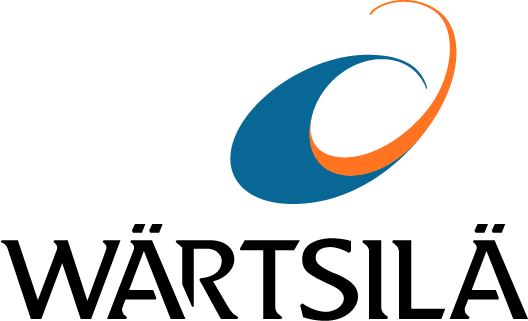

Why are you having a meeting and what are you trying to accomplish, exactly? Use the IDOARRT method to plan your meeting: be clear on what is the intention (I), desired outcome (DO), agenda (A), roles and responsibilities (RR) and timing (T) of the meeting. To make the most out of the actual meeting, you can for example share some material beforehand with the participants.
Invite only the ones who need to be present.
Think thoroughly who needs to be in the meeting. Are there people who can be briefed afterwards or discussed beforehand for input? Many successful business figures believe that the number of meetings and their participants should be kept to a minimum. Amazon’s Jeff Bezos has a ‘two pizza rule’: never have a meeting where two pizzas could not feed the entire group. In addition, think thoroughly are you needed in all meetings yourself. If you have no input, would your time be better spent doing other things?
Keep it short.
It is easier said than done, but try to have shorter meetings. Stick to the agenda and finish right after you have done. A good example comes from the world of public speaking. TED talks never last more than 18 minutes. TED curator Chris Anderson has said 18 minutes “is long enough to be serious and short enough to hold people’s attention.” Instead of scheduling a 1-hour meeting, could 30-45 minutes be enough for the purpose?
Ask for and give feedback.
An easy way to make meetings more efficient is to ask feedback at the end of the meeting. What could have been done better? What was good? With the help from the others, you can make the meeting more efficient the next time. The result: everyone is happy and has more time for other things.
Do not have a meeting.
In addition, in case you just need to share some information, a meeting is not always necessary. Call someone, send an email, and visit his or her desk.
The #hackyourwork challenge:
In the beginning of a meeting, set an alarm clock to ring in 18 minutes. Try to finish before the alarm rings.


